Pathfinder: Kingmaker feels like going back and playing Neverwinter Nights again… except if NWN had been updated and polished to be even better. Which is saying something, because Neverwinter Nights is still one of my all-time favorite games. In some ways I feel like I have been waiting for this game for 15 years and I couldn’t be happier to see the torch being carried in such a skilled and entertaining way. This is our Pathfinder: Kingmaker review.
For anyone who has ever played a game heavily influenced by D&D, or has spent anytime playing D&D at all, most of the mechanics and how things work in game will be familiar to you. For people new to D&D and CRPGs in general the learning curve will be steep, and you should start off on one of the lower difficulty settings. Additionally, all six of the available difficulty settings can be customized to fit where the individual player feels comfortable. Indeed, even outside of the difficulty settings there are a ton of options to change all aspects of gameplay and provide a more tailored experience. One setting I highly recommend having on though is pause at the end of each round. This setting helps a lot with planning in combat, but I’ll get more into combat in a bit. First you need to create a character!
Character creation is another area where Pathfinder: Kingmaker really considers all potential levels of skill a player might start the game with. For new players there are five premade characters: Fighter, Paladin, Rogue, Sorcerer, and Cleric. This represents a variety of options packaged up in an approachable way for new players. For those of use who have more experience with these types of games a character can be made from scratch from one of the fourteen different base class options. These classes can also be freely multiclassed together and there are also six prestige classes available. My one big disappointment with the prestige class though was only one of them isn’t a caster. This felt really unbalanced and was a letdown for me.
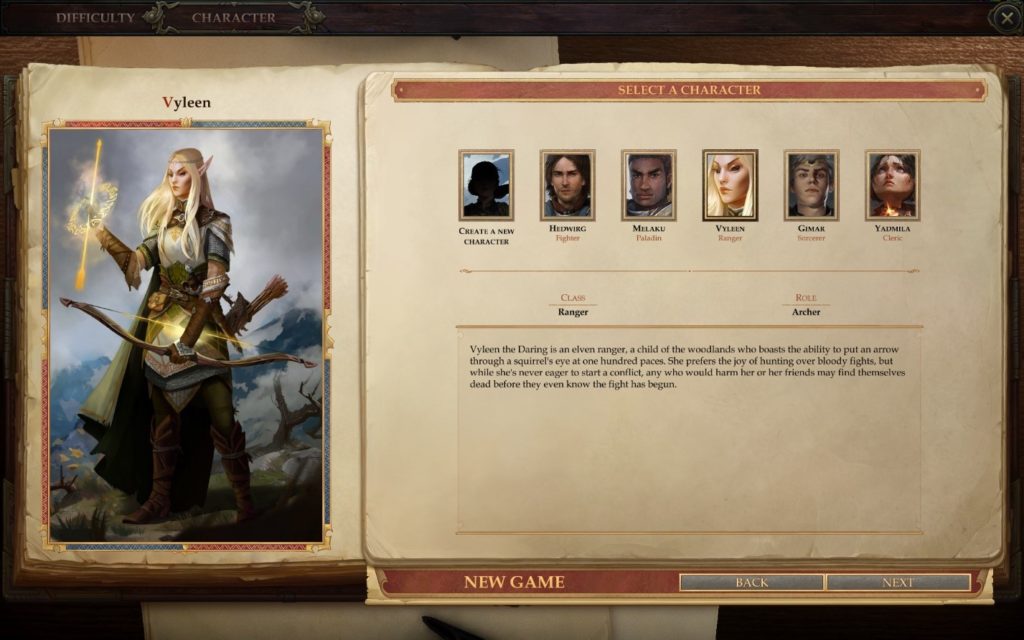
Leveling up can also be a bit overwhelming for new players but there is an auto leveling feature available to help. I would highly recommend only auto leveling if you are playing on one of the easier difficulties because as you get into the harder difficulties how you build your character starts to matter just as much as the choices you make during combat. One feature I really like is feats are categorized by how useful they would be for the character, including which feats aren’t recommended. There is some leeway and with some creative use there are a few “not recommended” feats which can be quite useful.
All of this shouldn’t discourage anyone who is new from going in and creating a character from scratch. There are great textboxes for everything which explain in enough detail to understand how a thing works without being overwhelmed by all the details. Either way though Owlcat has really done a great job of taking care of both veteran D&D players and new players in a way which is of service to both.
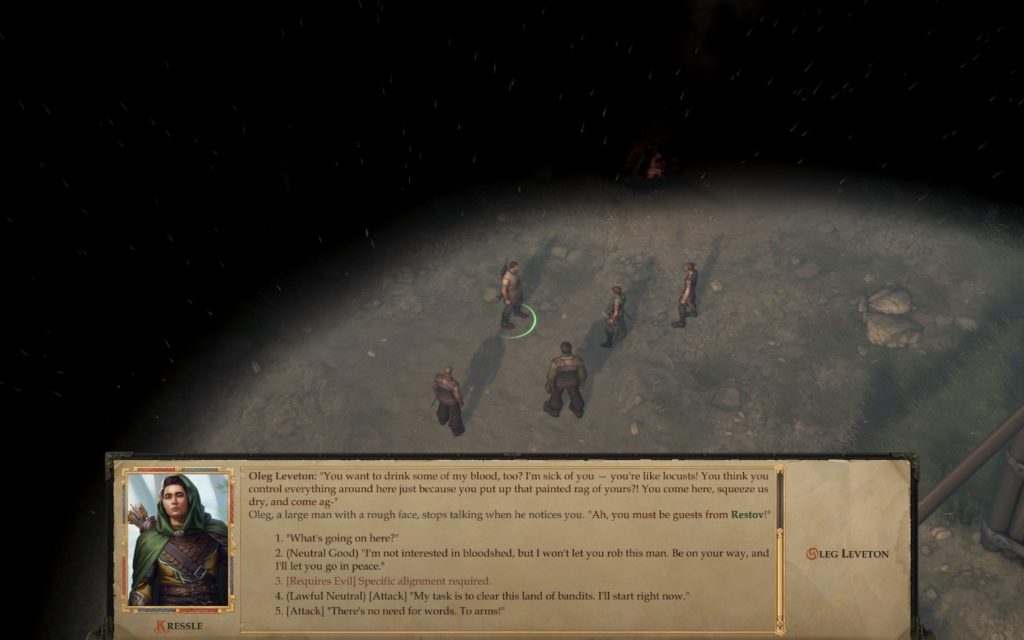
Before I move on to talk about combat, I want to take a moment to discuss Character Alignment. For anyone unfamiliar with what character alignments are here’s a good and concise explanation. While selecting an alignment is part of character creation, choices made throughout the game will have an impact and can wildly shift your character’s alignment which adds some intrigue to the choices. However, I am disappointed there isn’t an option to hide what choices have alignment implications. By default, all the alignment affecting choices are labeled as such, which makes it difficult to just play and not consider which option to pick based on alignment. I would have loved to start the game as neutral and see where I ended up through the course of the game. However, as it is there’s no way to guarantee I’m not subconsciously making certain choices based on alignment.
Combat is a real time turn-based system with a literal ton of ways to customize how it works for you. For example, you can set the game to not pause at all during combat and just let things go a bit freeform, but this gets a bit crazy especially when playing at the higher difficulties. You could also instead make the game pause after every character (friendly or enemy) does anything. Or of course anything between these extremes. This is something you should mess around with as it can take a bit to figure out what feels the best to you. I tended to like having combat pause at the start of combat and at the end of each round. For harder fights I found using the tactical time flow very useful for planning and seeing if I needed to change what a character was doing before their turn came up.
Another point worth mentioning is, friendly fire is a thing, even in story mode. Obviously, characters will take more damage on higher difficulties but even on lower difficulties damage still goes out. It isn’t just damage you must worry about either; movement impairing effects are also something which will affect your characters. For example, very early in a game I was preparing for a big fight by putting down tar in the gate area to slowdown the enemies. Except… at that point my group was entirely melee, so we quickly ran right into it and were also slowed. So moral of the story, watch out for your party and plan use of AoE carefully.
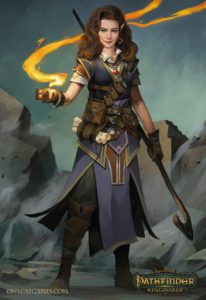
Speaking of your party, it’s about time I talk about the companions in this, but in a very general way because I could write a whole article just on them. There are eleven total companions which range not only in alignments and demeanor but also in race and circumstances. There’s even an Undead Elf who can be your companion! It is also worth noting the choices you make throughout the game will affect if companions want to join you in the first place or if they want to stay with you. Since there is such a wide variety of personalities at play keeping everyone happy seems nigh on impossible. Also, you do have the option to tell any companion to get lost anytime you return to your headquarters.
The party is made-up of five companions plus your main character, obviously not all companions will be able to go out adventuring at the same time. Most games would decide for you if everyone gains experience points or not in this situation. However, this another example of how Owlcat is looking out for everyone because you get to choose what setting you want. If you want only the people in the party to gain experience when you adventure you can do that. Or you can have everyone gain experience to help keep everyone equal in level. The choice is yours!
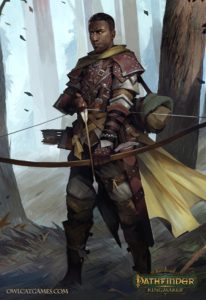
There’s only one aspect of companions which, mechanically speaking, annoyed me. Each companion has to be manually leveled up, which is completely fine. The problem comes in when every time I clicked the button to complete the level up process on a character the whole interface would close. This is a real pain when you need to level multiple characters at a time and there doesn’t seem to be a good reason for it to work this way.
For players who really enjoy the story in these games and getting to know your companions Pathfinder: Kingmaker will be a real joy. Every companion has a deep backstory which can be explored throughout the game. Some will be forthcoming with all the details quickly while with others you’ll have to work at earning their trust. I highly recommend spending the time to get to know all the companions and really engage with them. Even the ones I didn’t like at all were interesting and worth spending time with. Also, for anyone who thinks this sounds terrible you’ll be glad to know none of this is required.
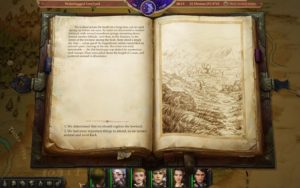
Lastly, I want to take a moment to talk a bit about the storybook sections of the game. Occasionally as you are playing there are certain story sections which really can’t be played out well in the game itself. These sections are beautifully rendered in a storybook format and, make no mistake, the choices you make during these parts can absolutely affect the rest of the game. It’s almost as if Owlcat inserted little choose your own adventure stories right into the game. At first, I thought this was an odd approach, but as I got further in and saw how they were using this it really grew on me and is one of my favorite features.

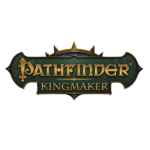



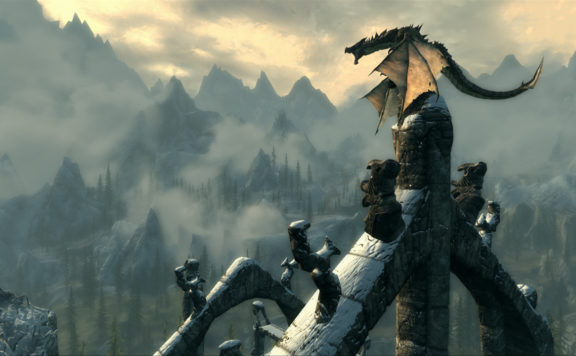

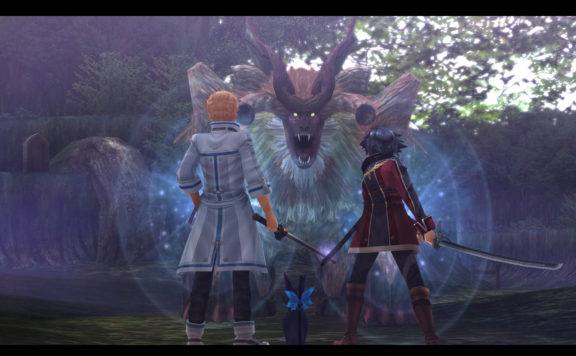
Elvoc
Had some fun with this game but they are still constantly patching it, almost felt like it released way too soon. Thanks for the review..
Robin Baird
Yea… it’s a solid game but they could have used some more time on the polish of things. I mean there will always be bugs but it feels like a lot of these are things which they would have been able to fix with a bit more time.